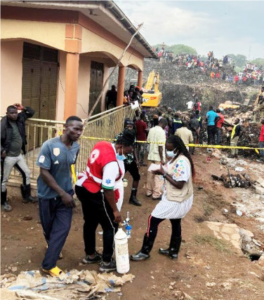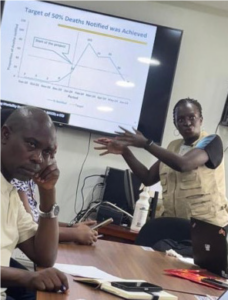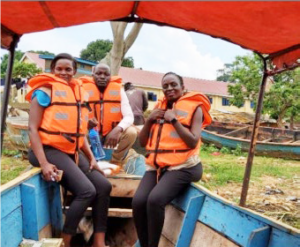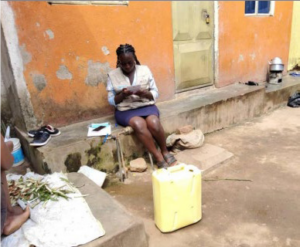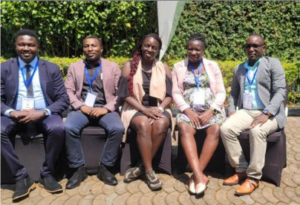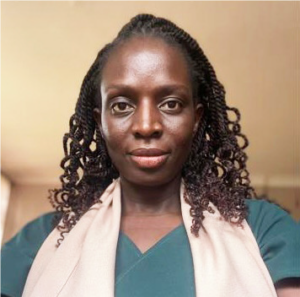 |
Dorothy AanyuBBLT, MPH (MUK) & Advanced Field Epidemiology Fellow (UNIPH) Host Site: Kampala Capital City Authority (KCCA)
|
|||||
ABOUT THE FELLOWDorothy Aanyu is an experienced epidemiologist who holds a Bachelor of Biomedical Laboratory Technology and Master of Public Health from Makerere University Kampala. During 2023-2024, she undertook and completed the Advanced Field Epidemiology Training Program (FETP) during which time she was hosted at the Kampala Capital City Authority (KCCA). Achievements at the Host SiteWhile at KCCA, she played a significant role in the operational aspects of surveillance in the urban settings, an opportunity that has been a game-changer for her career. She gained skills in leadership, outbreak investigation and response including data analysis, interpretation, and use. She led two outbreaks and participated in five others. She was also involved in a number of projects and activities including but not limited to:
Fellowship program specific achievements1. Led two outbreak investigations whose findings were disseminated through bulletin articles, conference presentations and manuscripts:
2. Participated in four other outbreak investigations:
tickborne disease in Uganda.
Summary of Epidemiological Study:Title: Investigation of an Outbreak of Conjunctivitis at School X in Kampala City, March 2024 Background: On March 11, 2024, Kampala Capital City Authority received an alert of an increase in the number of conjunctivitis cases at School X in Rubaga Division, Kampala City. We investigated the outbreak to determine the scope of the outbreak, identify factors associated with its spread, and recommend control measures. Methods: We defined a case as redness of one or both eyes and any of the following: tearing, swelling, itching, or discharge in a pupil or staff of school X from March 5-31, 2024. The school had 148 staff and 1,800 learners, 700 of whom were in the boarding section. We identified cases by reviewing health records at the school. We calculated attack rates by age, sex, class, and dormitory using staff and pupils of the infant school as the source population.We also conducted staff interviews and an environmental assessment. We matched case-patients to controls by residence and identified factors associated with the spread of conjunctivitis in the school using logistic regression. Results: We found 175 cases of conjunctivitis, 167 of whom were pupils and 8 were staff. The mean age for case-patients was 11.4 years (range 5–45 years). Attack rates(%) (AR) were similar in females and males (10 vs 8.4). Pupils in the boarding section were more affected than day scholars (AR:23) with residents of Alpha dormitory more affected than other dormitories (AR:50). Pupils in P4-P7 were the most affected compared to lower class groups (AR:17). We found that being a boarding scholar (aOR=10, 95%CI: 2.1-51) increased the odds of conjunctivitis. Persons who washed their hands at arrival back at the dormitory/ home (aOR= 0.38, 95%CI: 0.16-0.91) and pupils in classes P4-P7 (aOR= 0.34 95%CI: 0.14-0.77) were protected against conjunctivitis. We observed that most dormitories were congested with pupils sleeping in triple decker beds, the average living space per pupil was 3m2 compared to the 5m2 recommended by Ministry of Health. Hand washing facilities were also not well distributed. Conclusion: The outbreak was likely facilitated by dormitory congestion and poor hand hygiene practices. Boarding scholars were most affected; regular hand washing and attending upper classes were protective. Education and awareness of good hand hygiene measures could mitigate the risk of similar outbreaks in the future. Keywords: Conjunctivitis, outbreak, congestion, hand hygiene
Key lessons learnt during the fellowship
|
||||||
|
|
|
|
|
|
|
|

